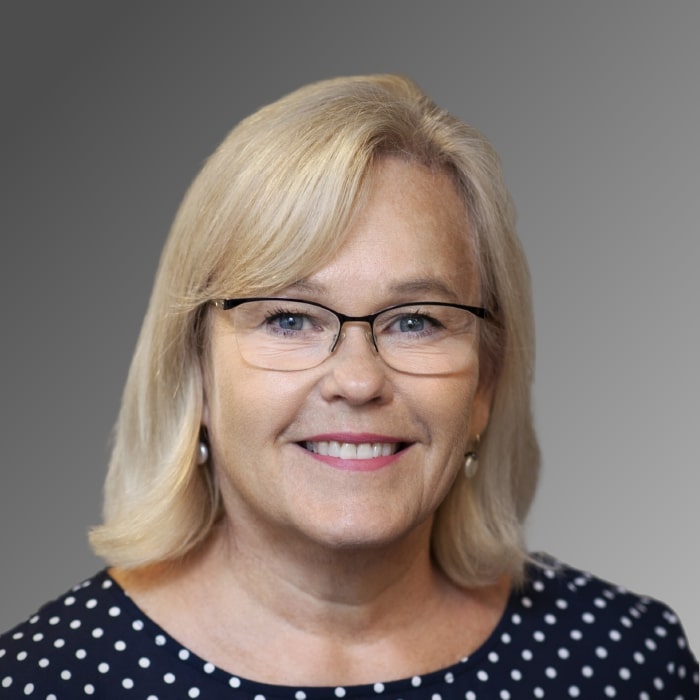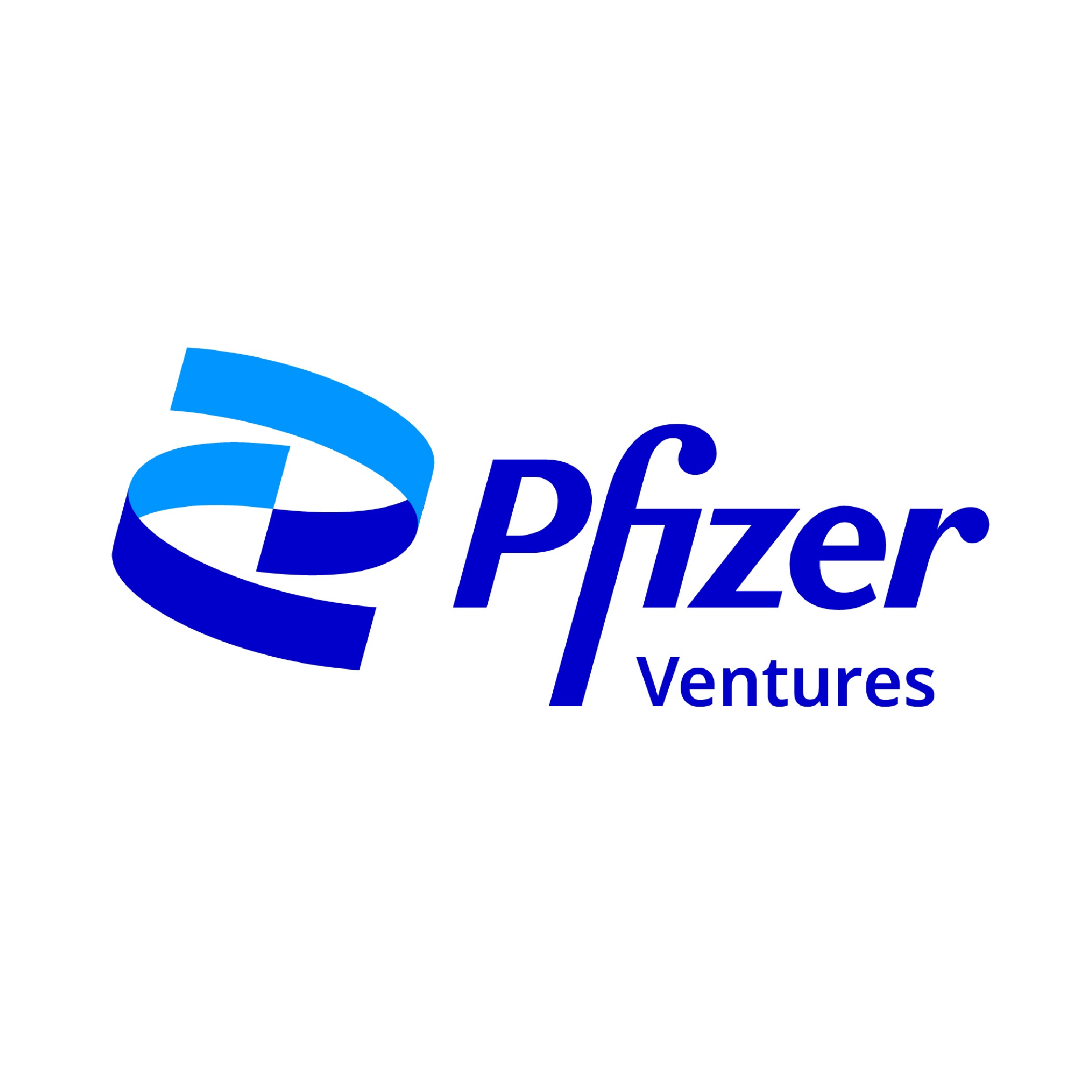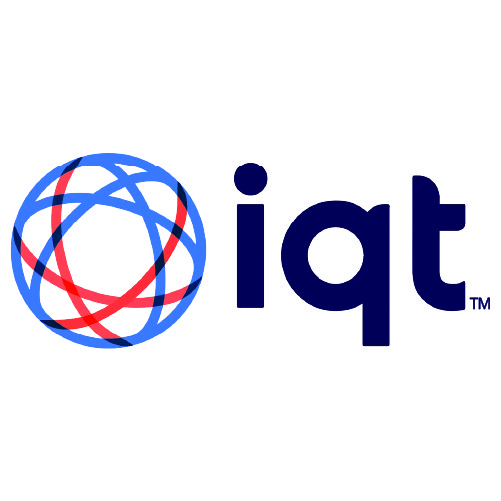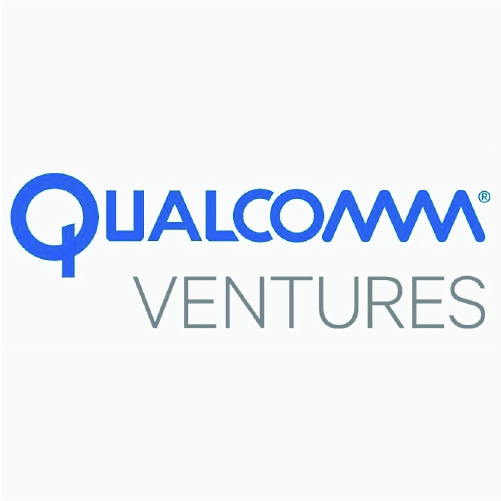Intel Capital Formula: Navigating Corporate Venturing through Flexibility and Startup Spirit
May 10, 2024
Interviewed by Nicolas Sauvage on December 11, 2020
Straight out of business school, Intel Capital President Jennifer Ard landed what many would consider their dream job.
“I joined Intel in a corporate finance role and never had corporate venturing or venture capital on my radar,” she said. “I assumed I was going to do corporate finance for the rest of my life.”
But as happens so often in our industry, serendipity intervened in the form of Intel’s rotation program, which exposes new finance associates to various functions within the company. Jen’s turn in New Business Initiatives. Her work within the division, which nurtures internal startups, centered on developing a secure point-of-sale system.
“As part of that, we engaged with a startup company that ultimately needed some capital,” Jennifer continued. “So we connected with Intel Capital. I ended up working with the deal team and the finance controller and went to the investment committee and helped pitch the idea that we ultimately invested in.”
Again, as happens so often in the industry, that one taste of corporate venture capital was enough for Jennifer to consider a career pivot. A year later, she jumped at the opportunity when a finance position opened at Intel Capital.
The Importance of Flexibility
As CVCs know, not all startups are equipped to handle the force of a tech giant like Intel coming in. Recognizing this is pivotal, as it sets the stage for the first best practice Jennifer employs at Intel Capital: staying flexible. She cautions against following a one-size-fits-all approach to engagement. In a landscape where startups vary in size, industry, and maturity, attempting to enforce a uniform model for all isn’t very likely to succeed. A willingness to bend, on the other hand, allows Intel Capital to adapt its engagement strategy to fit the specific needs and capabilities of each startup it invests in. By doing this, investors like Jennifer can foster collaboration with their mothership, but startups are allowed to grow without feeling overwhelmed.
“I think part of the value of the CVC is being able to be the eyes and ears of the company to address and find trends ahead of where your business units are working,” Jennifer explained.
By acting as a talent scout for the parent company within the startup ecosystem, Jennifer can identify trends and opportunities before fully engaging with the business units. This forward-thinking approach provides a significant edge in today’s fast-paced tech landscape. Jennifer emphasized that this is probably one of the most valuable benefits of having a CVC arm — the ability to spot trends on the horizon and take the initiative to position the parent company to capitalize on those trends. It’s a true dynamic form of innovation that scouts beyond the confines of traditional research and development. The balance between engagement and flexibility is not unique to Intel Capital; it is a fundamental principle that all CVC practitioners should embrace.
The Expansive Investment Committee
Intel Capital’s scale is impressive, boasting around 40 investment directors responsible for making 30 to 40 new deals each year, not including follow-on investments. This translates to an average of one investment per investment director annually, an obvious emphasis on quality over quantity. Each investment undergoes rigorous research and scrutiny before reaching the investment committee, ensuring that only the most promising opportunities move forward.
“We still decline 25% to 30% of the deals that come into the investment committee, and that’s after they’ve been filtered through,” says Jennifer.
Even in an established firm like Intel Capital, investment committees shape the investment landscape. Intel Capital has created a two-step approach to evaluate new startups and ensure excellent due diligence for potential investments. The first step involves the investment committee in the deal discussion and receiving feedback regarding potential risks and blind spots. This initial meeting serves as a “temperature check,” trying to filter out companies that don’t fit snugly into the investment thesis. The second step is formal approval, which may be granted only after addressing all the action items emerging from the first meeting. This approach ensures that the deal team doesn’t invest too much time and effort prematurely, highlighting Intel Capital’s commitment to efficiency and effective decision-making.
“In 2018, we put in place a partnership because we looked externally and realized that having multiple voices around the table is the right way to look at a deal,” Jennifer said. “So we have five senior managing directors or partners that all have various levels of backgrounds and focus areas.
While all five partners cannot participate in every investment committee meeting due to schedule constraints, at least three are assigned to each deal. This approach allows for varied perspectives and also ensures that no single individual can dominate the decision-making process. It encourages healthy debate and ensures that decisions are made collectively. Another extremely unique practice Intel Capital has adopted within their investment committee is the prohibition against partners voting on their own proposed deals. By not allowing this, it ensures that partners remain active in sourcing and developing deals rather than merely approving their own. Doing this also promotes mentorship within the organization as senior members pull in less experienced colleagues and work together in collaboration.
Sharing Knowledge and Learnings
Intel Capital’s commitment to knowledge sharing and learning is evident in the composition of its investment committee. Rather than limiting itself to a select few, it includes the entire deal team, including analysts and associates. These junior members have a unique opportunity to rotate through the committee, ensuring a fresh perspective and a hands-on education in the investment process. One associate is designated to attend the committee for six months, not as a mere observer but actively tracking statistics and feedback. This approach ensures that learning is embedded in the organization’s culture, creating a well-rounded team.
While the investment committee may have a rotating cast of members, the head of investment operations remains static. Though not a voting member, this chairperson attends every committee meeting, providing continuity and a comprehensive overview of the deals being considered.
“The expectation for people doing their rotations is that they’ve read through all the materials and they’re asking engaging questions,” Jennifer explained. “So we have a lot of people sitting on our investment committee but it’s good dialogue and an opportunity to teach people while making sure we’re being consistent across the organization.”
Two-week rotation periods also guard against investors getting too segmented into their areas of expertise, expanding their exposure to different sectors and investment approaches. The rotational program breaks down this barrier and encourages investors to sit in on investment committees outside their usual domains, giving insights into diverse sectors and witnessing how different committees respond to various proposals.
Acting like a Startup in a Large Organization
When discussing corporate giants like Intel, where innovation is both a core principle and a necessity for survival, acting like a startup might seem paradoxical. After all, startups and industry giants usually operate at opposite ends of the business spectrum. However, the secret to sustained success in CVCs today is their ability to embrace the agility, creativity, and adaptive thinking that characterizes startups.
At Intel Capital, Jennifer and her team work hard to maintain these abilities as they experiment with new ideas, acknowledge when they miss the mark, and pivot swiftly to find more effective solutions. This approach mirrors the agility and adaptability often associated with successful startups, reminding us that even established institutions can benefit from adopting an entrepreneurial mindset.
As Intel Capital prepares to celebrate its 31st anniversary, it stands with its commitment to continuous improvement, knowledge sharing, and embracing change.

 Tailoring your engagement strategy to fit each startup's specific needs and capabilities allows for collaborative growth, it's important to be flexible as a CVC.
Tailoring your engagement strategy to fit each startup's specific needs and capabilities allows for collaborative growth, it's important to be flexible as a CVC. 



















